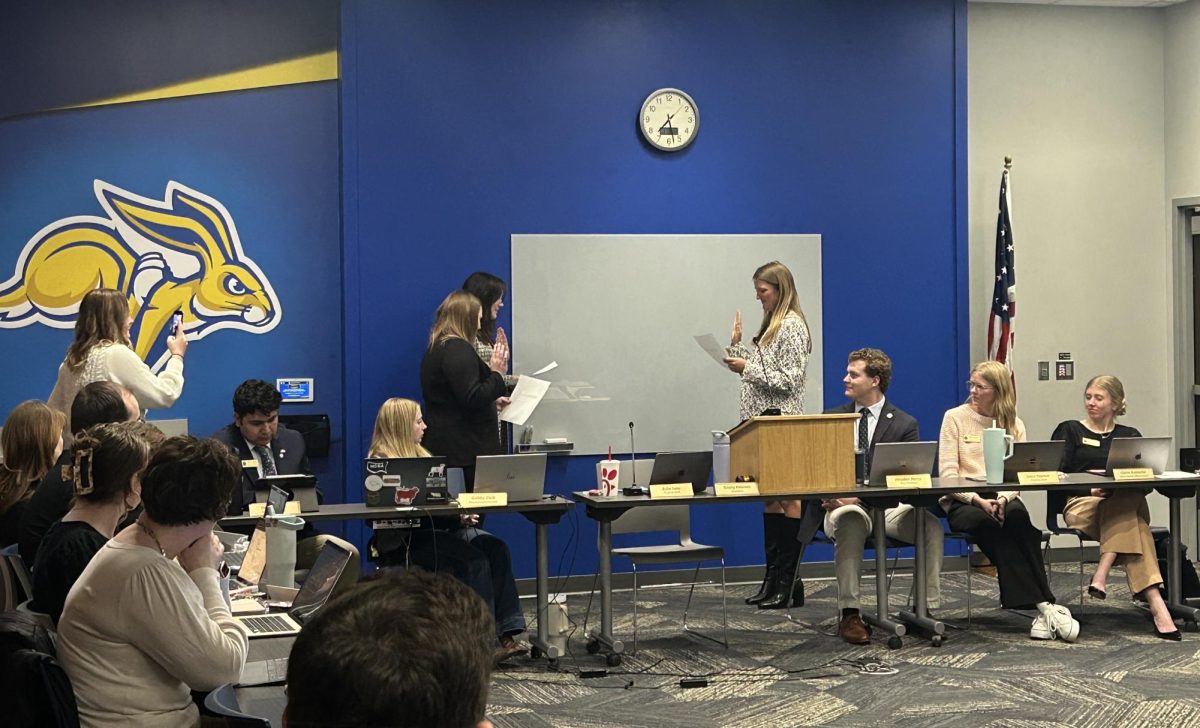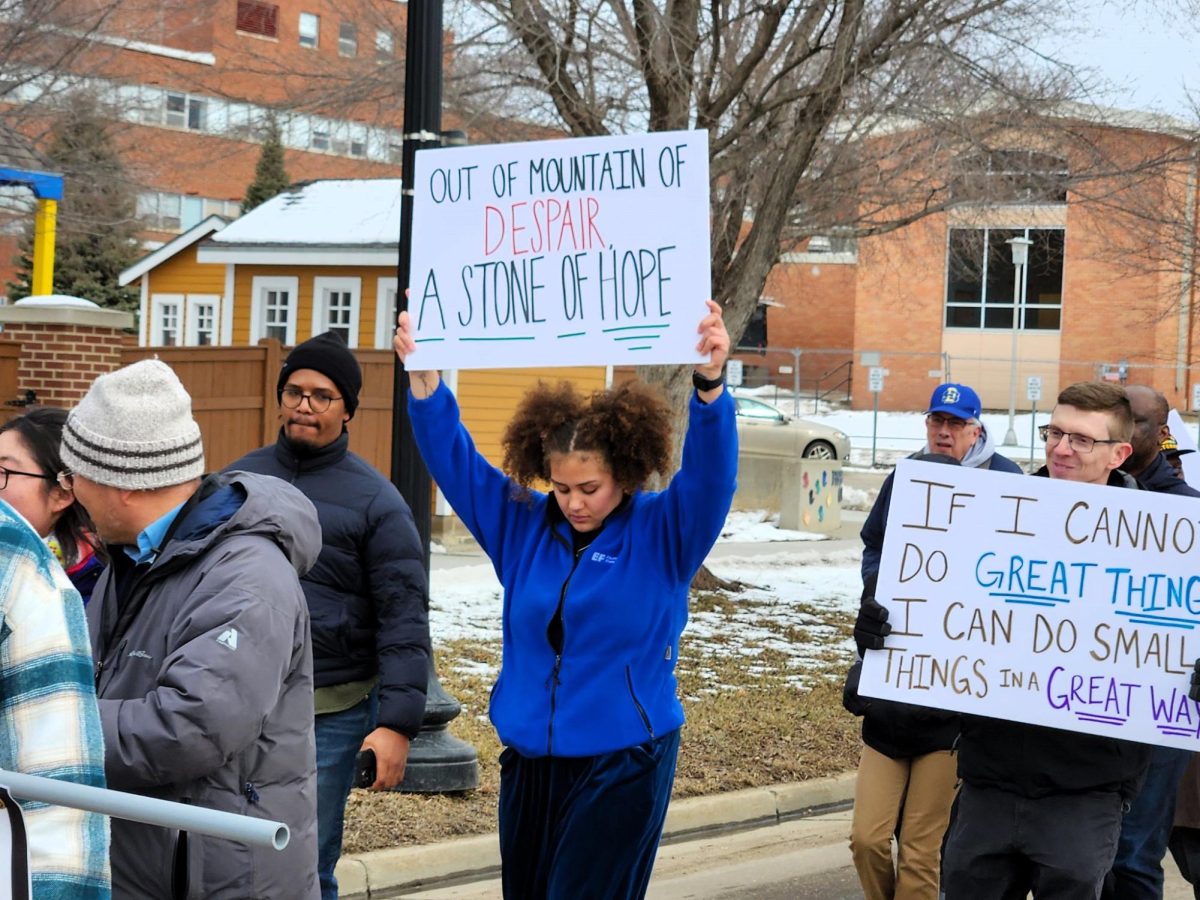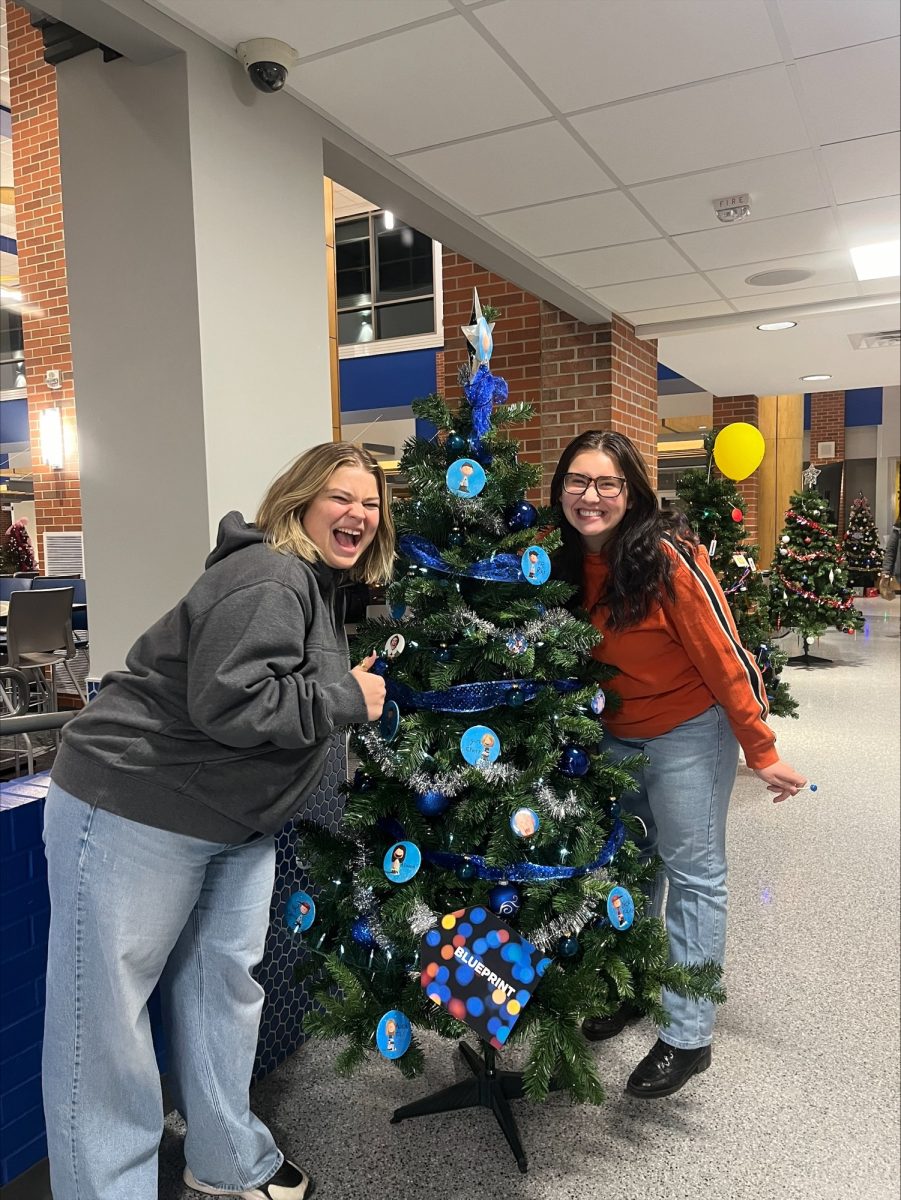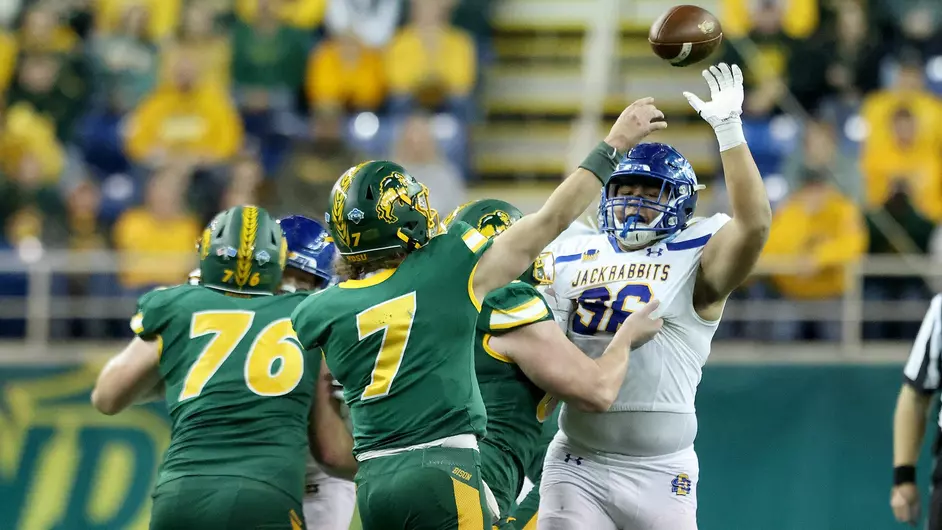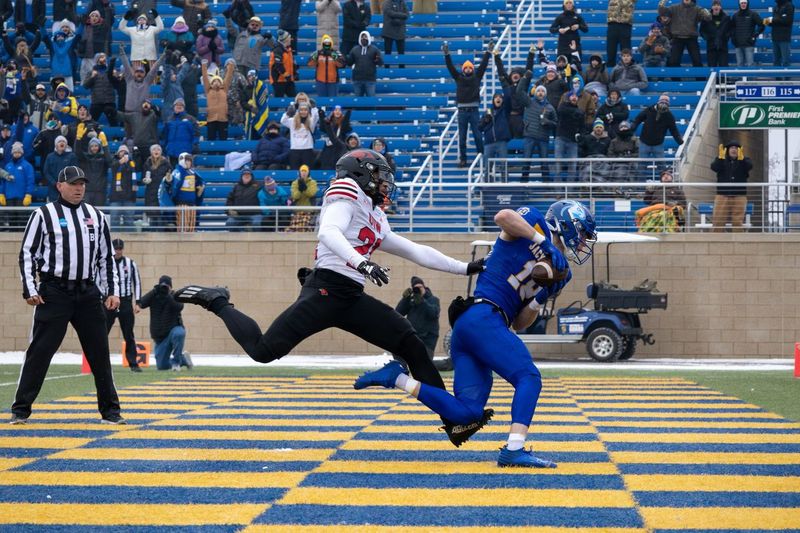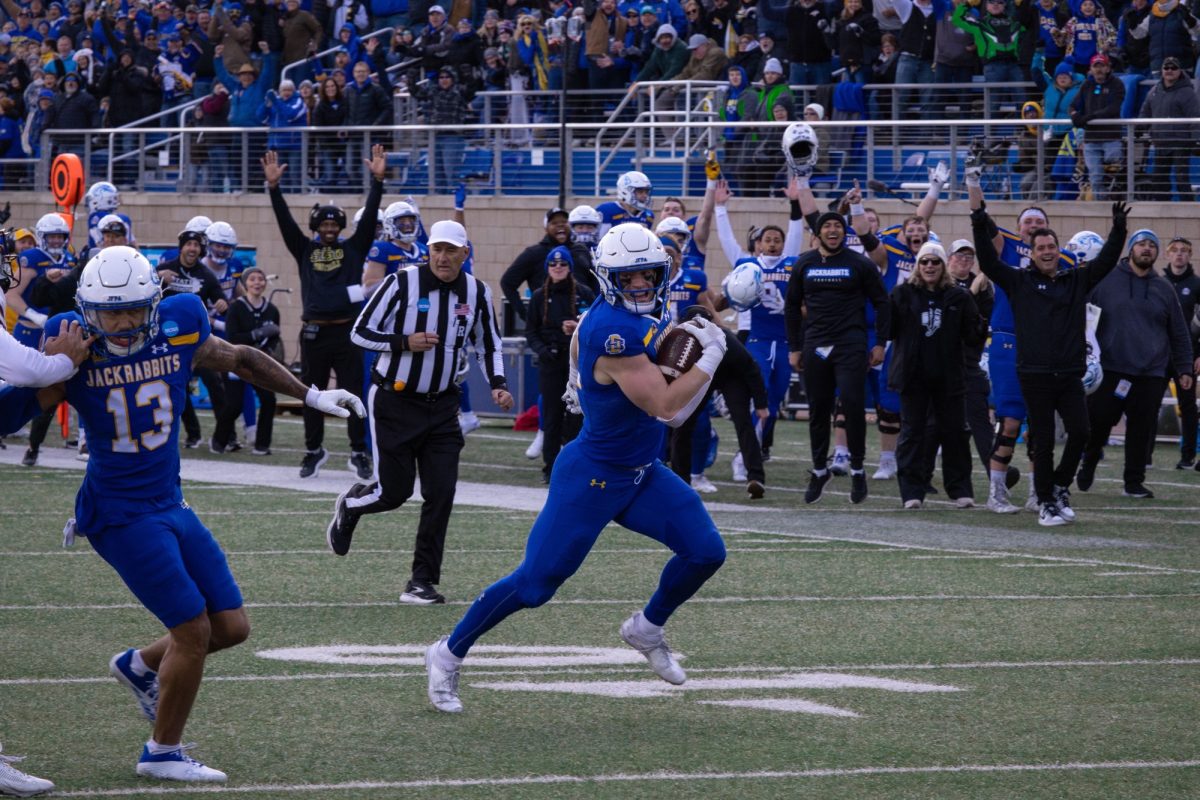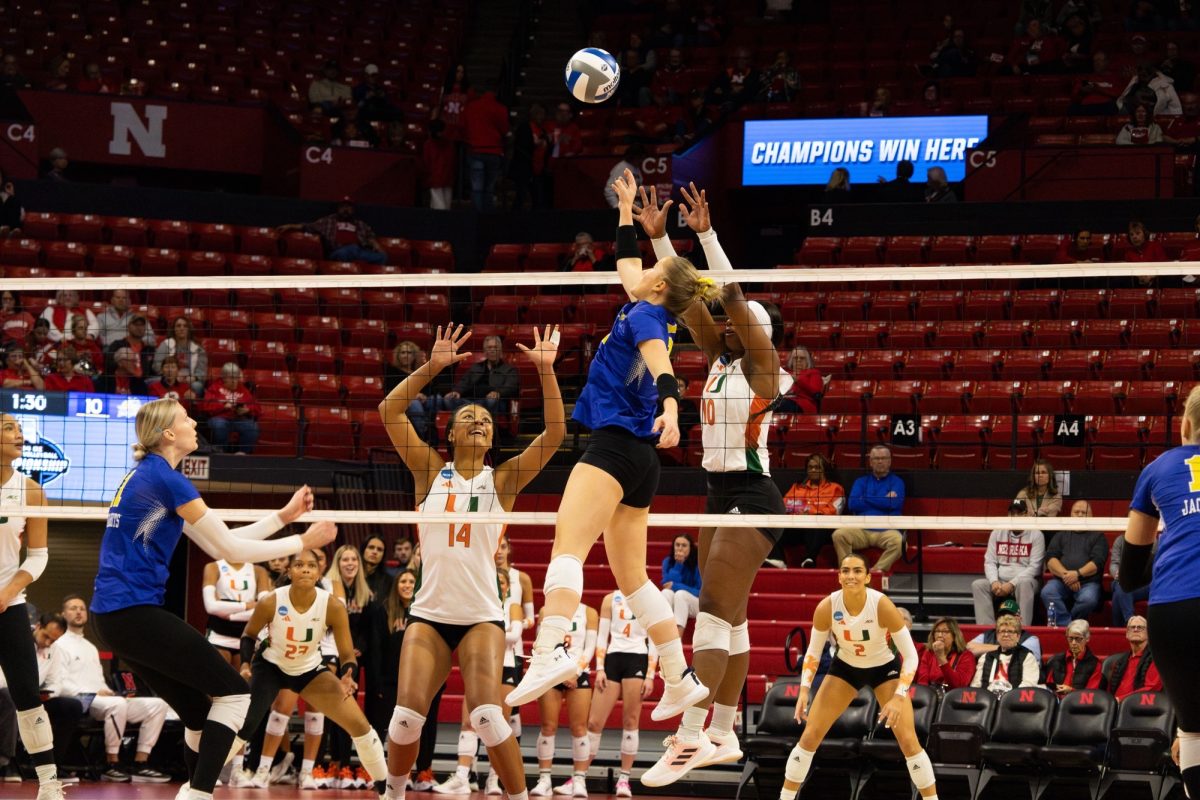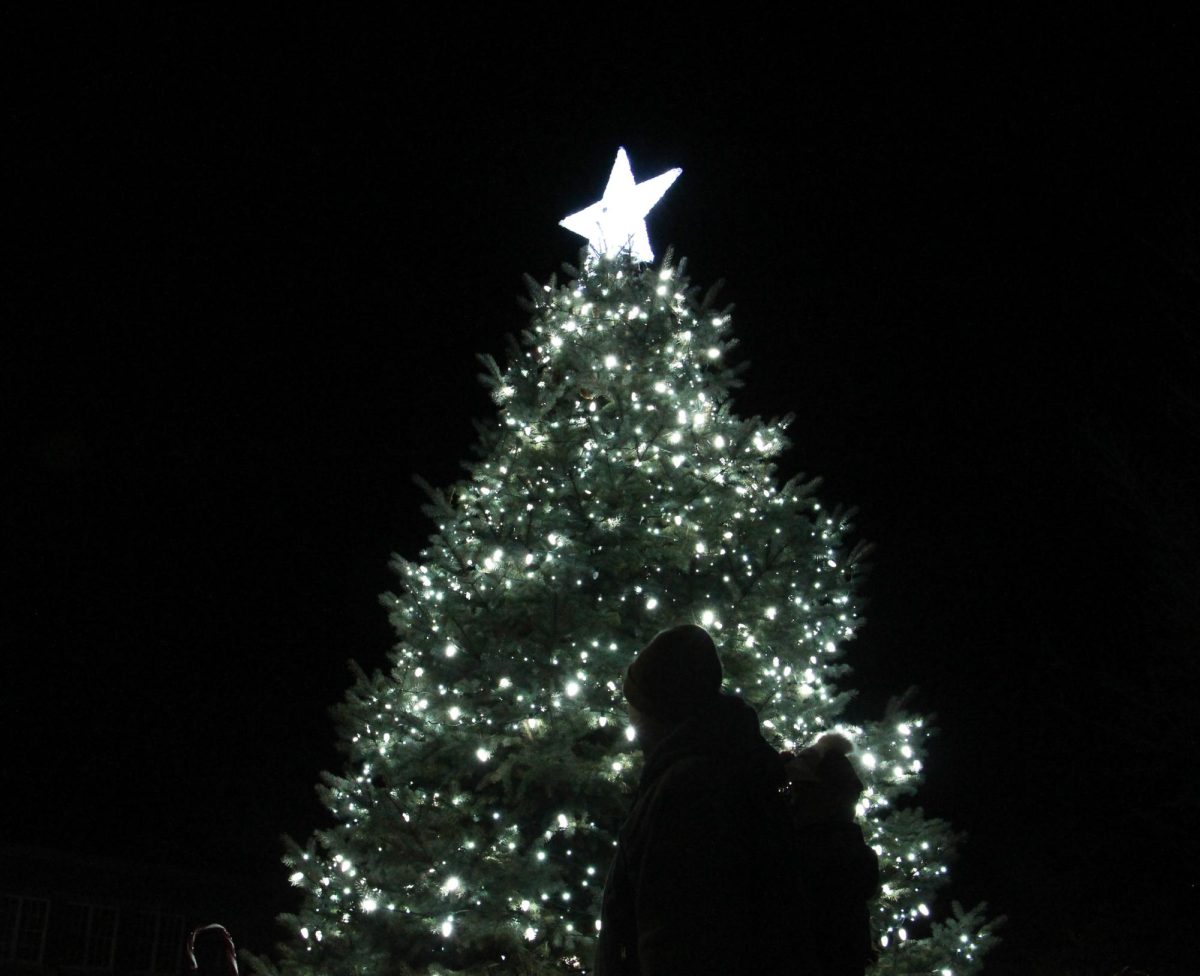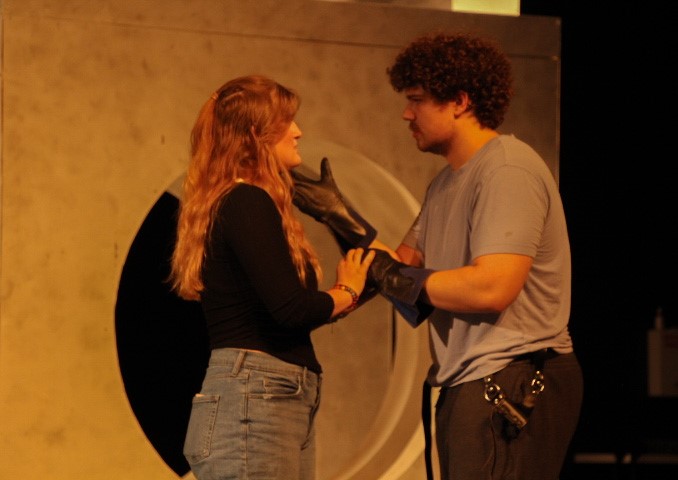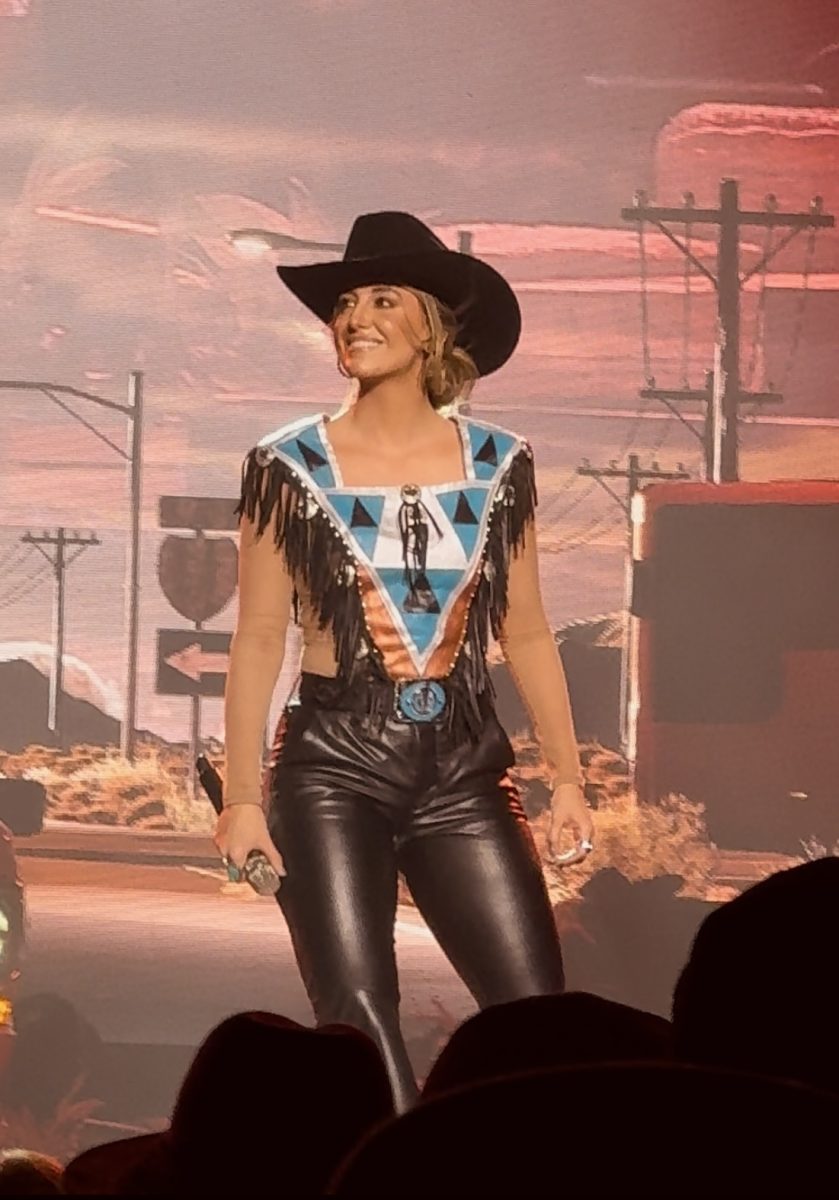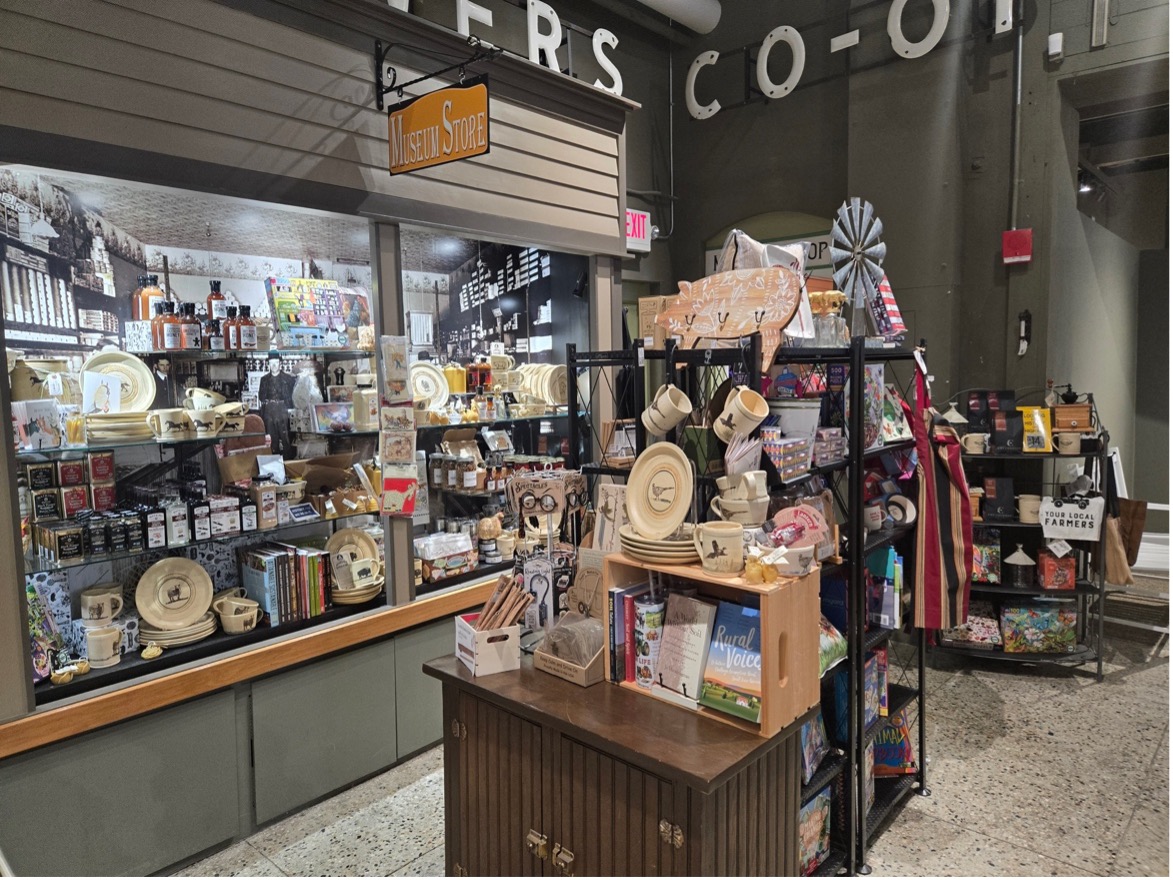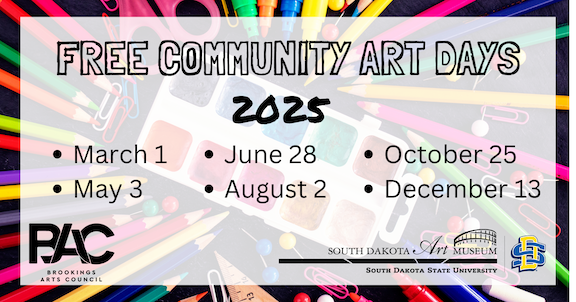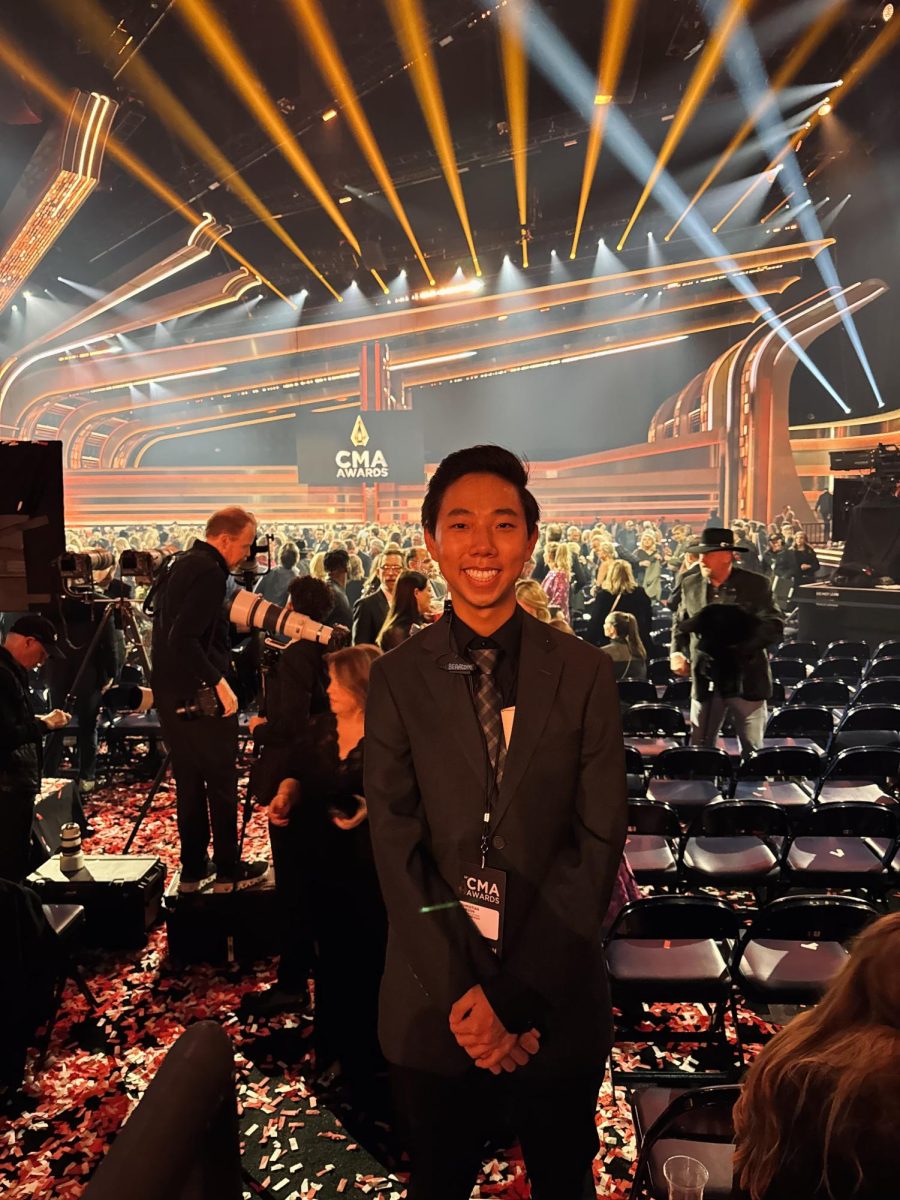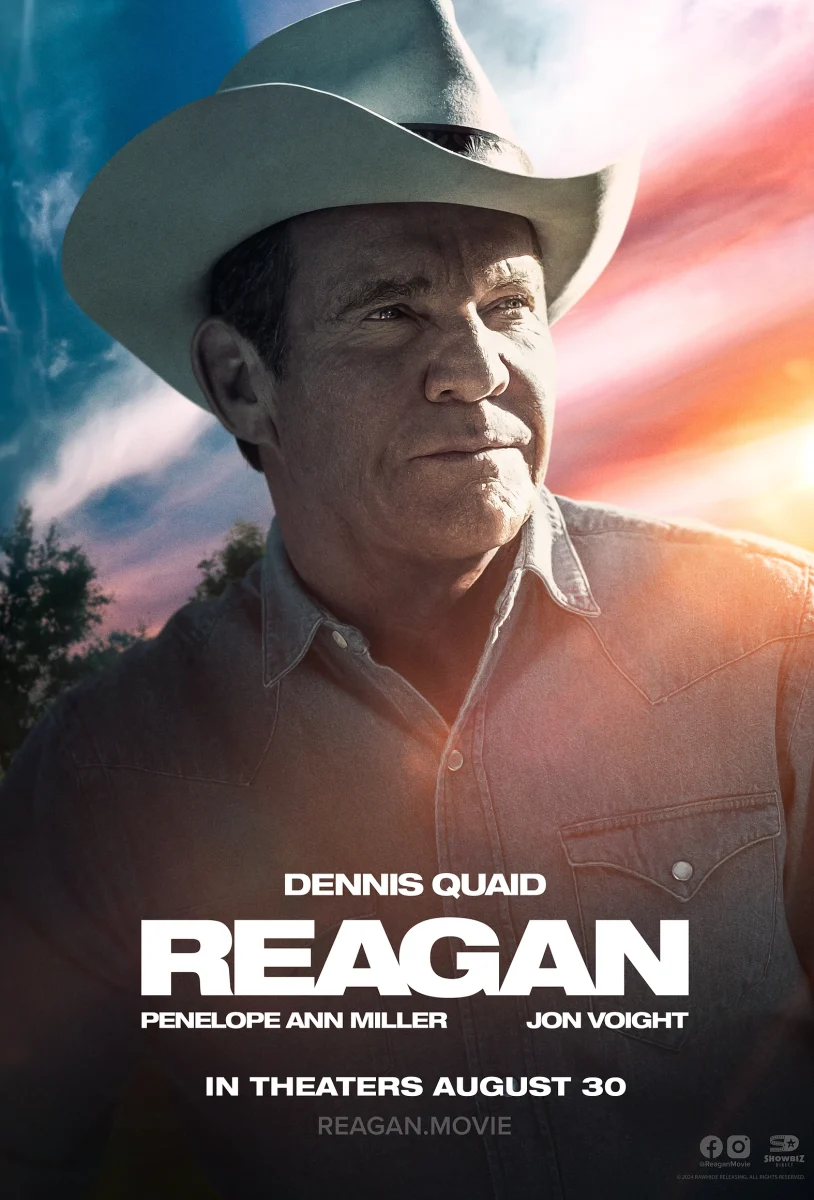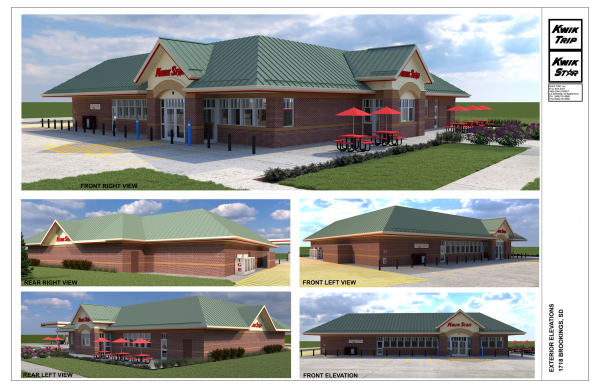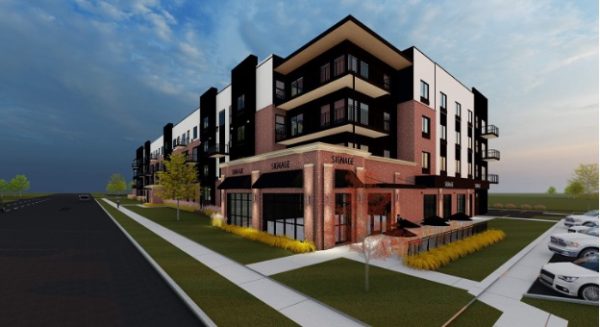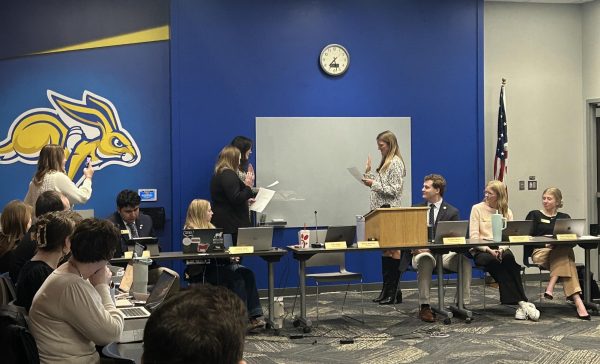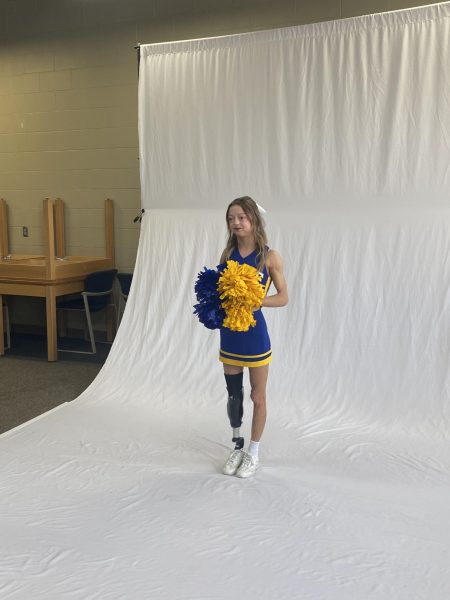American schools have failed at teaching kids about Native American cultures and peoples
February 19, 2004
Tasiyagnunpa Livermont
The Wounded Knee massacre is an atrocity most South Dakotans have decided to forget.
So have their public schools.
Though a tribal member of the Oglala Sioux Tribe and born in Pine Ridge, I haven’t always lived on the Pine Ridge Indian Reservation.
My last three years of high school were at Sioux Valley High School, in Volga, just east of Brookings. There, I fully realized how little non-Indians know about Wounded Knee and Indian life in general.
For example, during my sophomore year at Sioux Valley my English teacher had several pictures posted on a classroom bulletin board. One picture caught my eye the first day I walked into his classroom.
In an eight-by-ten photograph was the image of the front gate of the cemetary at Wounded Knee where the mass grave of the Wounded Knee victims lies.
I casually mentioned I was from Pine Ridge. Since my teacher was white, what I wanted to know is if he had bought that photo at some tourist trap no realizing the dreadful story it portrayed.
On December 29, 1890, the U.S. Army Seventh Calvalry gunned down hundreds of unarmed men, women and children of the Minneconjou band of Lakota as they ran for their lives.
When I mentioned to my teacher I was from Pine Ridge, he told me that he had traveled to Wounded Knee himself because he felt strongly about recognizing Indian history.
Sometime later, he brought up the picture in class and explained the history of Wounded Knee.
The blonde girl sitting behind me said that Indians just sit at home, collecting welfare and drinking.
She implied that Indians beg the government for monetary handouts which they could easily earn on their own.
The class laughed in agreement while I glanced at my teacher and then stared down at my book. Thankfully he lauched into a tirade about the poverty of the reservation, the lack of industry, and the almost nonexistence of jobs.
But in doing this he asked me to back up what he said, telling the class I was from the Pine Ridge Indian Reservation.
As a new student my sophomore year, I faced the sudden reality that my incognito status had been stripped away. I managed to choke down my anger and embarassment as I confirmed what he said.
Later on, during another discussion, I told the class to watch “Thunderheart” starring Val Kilmer, which was based on the American Indian Movement occupation of Pine Ridge in the 1970s and the story of Wounded Knee.
The same girl said she was a huge Val Kilmer fan and had never heard of that movie, seemingly insinuating I was lying.
I will never forget the injustice and alienation I felt from my classmates that semester. I never did make close friends with those particular students, whether my ancestry had anything to do with it, I’m still not sure.
I do believe that schools have failed miserably at education their students about native history.
Instead of having the same discussion in a history class, we had it in an English classroom, on a teacher’s whim, not by the school’s choice.
American public schools refuse to allow us to come to terms with what our ancestors did to each other. They have forced Indian culture into the closet. They have allowed a tradition of urban legend that makes people honestly think they are being cute when they call us a “wagon-burner” or “prairie-nigger.”
Many of these people wouldn’t dream of calling an African American a “nigger.” Why should they think it is okay to call us the equivalent?
The answer I believe can be found in our schools. Not just in South Dakota, but throughout the whole country, Indians are the last priority on the list of integration and acceptance.
Schools need to realize the role they play in teaching students the history of this nation. Even the history they’d rather forget.
Write to Tasi Livermont at meadowlark211@hotmail.com

